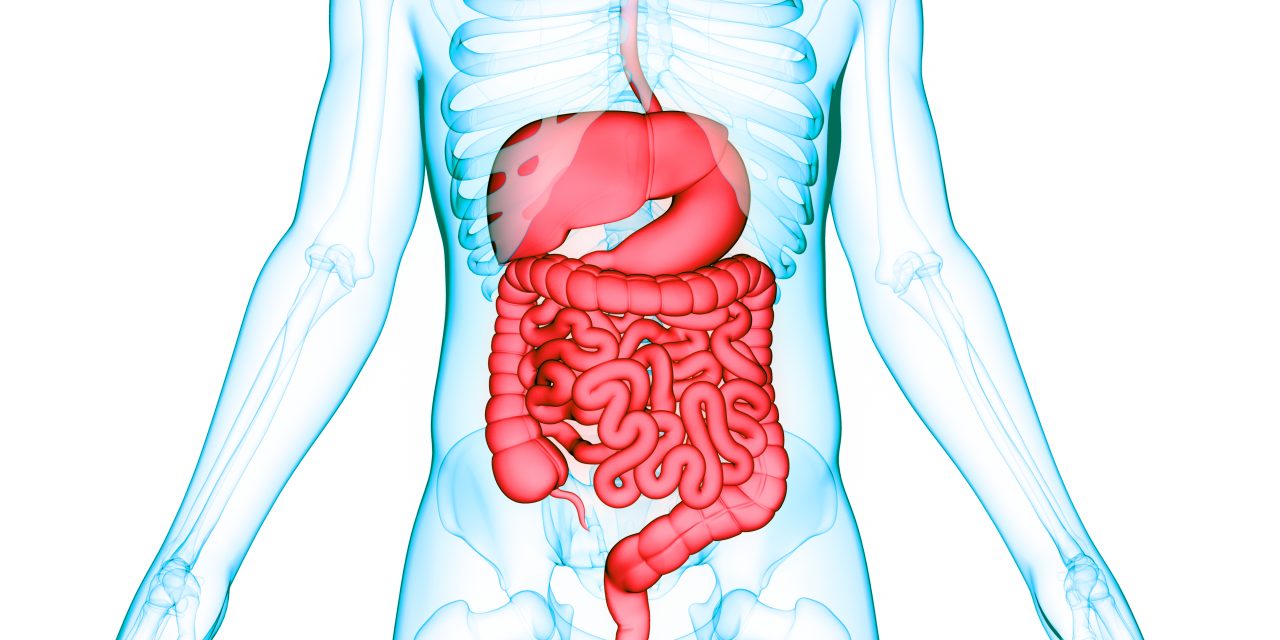A growing number of long non-coding RNAs (lncRNAs) have emerged as vital metabolic regulators. However, most human lncRNAs are non-conserved and highly tissue-specific, vastly limiting our ability to identify human lncRNA metabolic regulators (hLMRs). In this study, we establish a pipeline to identify putative hLMRs that are metabolically sensitive, disease-relevant, and population applicable. We first progressively processed multilevel human transcriptome data to select liver lncRNAs that exhibit highly dynamic expression in the general population, show differential expression in a nonalcoholic fatty liver disease (NAFLD) population, and response to dietary intervention in a small NAFLD cohort. We then experimentally demonstrated the responsiveness of selected hepatic lncRNAs to defined metabolic milieus in a liver-specific humanized mouse model. Furthermore, by extracting a concise list of protein-coding genes that are persistently correlated with lncRNAs in general and NAFLD populations, we predicted the specific function for each hLMR. Using gain- and loss-of-function approaches in humanized mice as well as ectopic expression in conventional mice, we validated the regulatory role of one non-conserved hLMR in cholesterol metabolism by coordinating with an RNA-binding protein, PTBP1, to modulate the transcription of cholesterol synthesis genes. Our work overcome the heterogeneity intrinsic to human data to enable the efficient identification and functional definition of disease-relevant human lncRNAs in metabolic homeostasis.
Identification of human long non-coding RNAs associated with nonalcoholic fatty liver disease and metabolic homeostasis.


